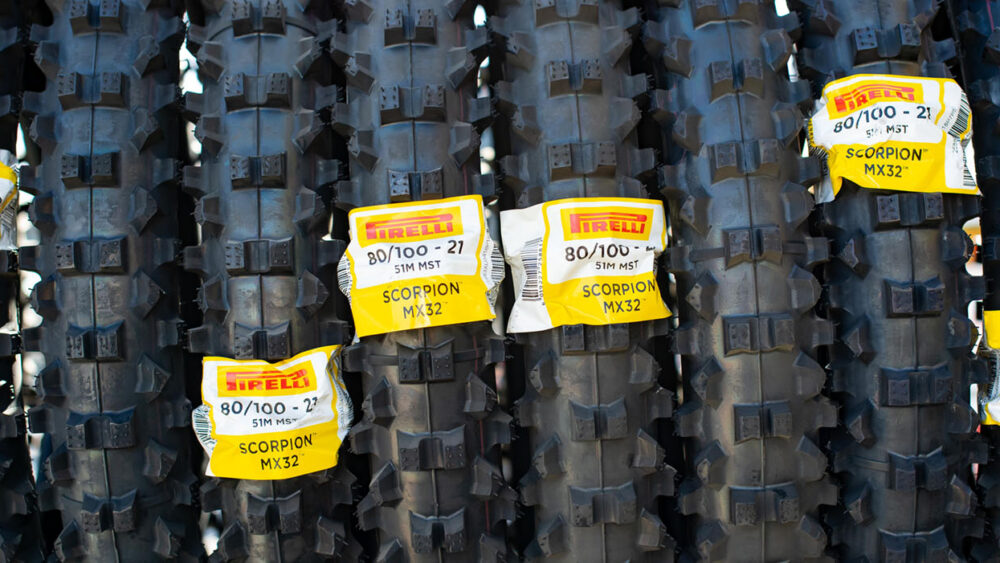Tips for Selling Motorcycle Tires


Even before a customer buys a tire, the way you store it could affect the tire’s life. Improperly storing motorcycle tires can damage them in ways that may not be visible; however, proper storage will ensure that tires perform as needed, even if they’ve been sitting on a shelf for a while.
Click Here to Read More
When selling tires at your dealership, the bare minimum requirement is keeping any dust and oil off them. According to Brian Davenport, senior sales manager for Metzeler, you should also store tires standing upright on a rack in a climate-controlled area. Don’t stack them on their sides or place them next to anything that can put out excessive heat or coolness, such as an air vent, water heater or window.
Tires need to stay dry, since any water that collects inside them can cause damage. Furthermore, in addition to keeping the tires themselves clean, all storage surfaces should be free of grease, gasoline and other substances, since they can deteriorate rubber.
Related: Proper Motorcycle Tire Maintenance and Care
When displaying motorcycle tires at your dealership, make sure the rack is in a visible area and that you show a selection covering the various tire segments. “Display a set of Sport, Sport Touring, Adventure, Dirt and Cruiser tires,” Davenport suggests. “Let your customers know you have the knowledge and capability to provide tires for all riding styles.”
Of course, your staff also needs to have the knowledge to speak about all those different types. Dealers can educate their staff by taking advantage of product training modules that tire manufacturers offer. For instance, one misconception in particular that dealers and consumers have is that putting radial tires on a bike that came with bias-ply or bias-belted reinforced tires is an upgrade. However, while the tire technology itself may be an improvement, that won’t be the case for that specific bike. Why?
To understand, let’s take a step back and look at the difference between bias and radial tires. According to Automoblog.net’s article, “The History of Tires,” by the 1910s, tire manufacturers started molding layered sheets of cotton cord material cut at an angle — or “on the bias” — into the sheet rubber of tires. These layers, called plies, provide internal support.
Related: VIDEO: Bias vs. Radial Tires
In 1948, Michelin Tire Co. developed the first commercially available steel-belted radial tire. In contrast to bias tires, the plies in radial tires are situated at a 90-degree angle (i.e. radially) to the wheel. This innovation gave tires longer life, better handling and improved fuel economy.
However, while radial tires were popular in Europe, the U.S. was not keen to adopt them, since tire companies feared having to invest in changing out their equipment and car companies worried they would have to reengineer their suspension systems. So, Goodyear aimed for a compromise and, in 1967, produced the bias-belted tire, which was a bias-ply tire with a fiberglass belt laid along the uppermost ply. These belts offered additional support and a stiffer inner material to bond with the tread. They were quickly adopted in the U.S. until radial tires caught on during the gas crises in the 1970s. By the 1980s, bias-belted tires were phased out.
To return to our earlier question, why can’t a customer replace his or her bias tires with radial ones? Davenport states, “Bikes that come with bias-ply tires from the factory are usually heavier bikes that require a tire with higher load-carrying capability than a radial can provide. If the motorcycle came with bias-ply tires, then that is what a consumer needs to replace them with.”
As you can see, there’s more to a tire than meets the eye, and its makeup directly affects a bike’s performance. The next time your customers are shopping for tires, make sure they know exactly what they need and how to properly care for their new (expensive) purchases.





